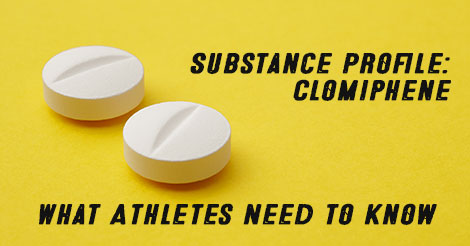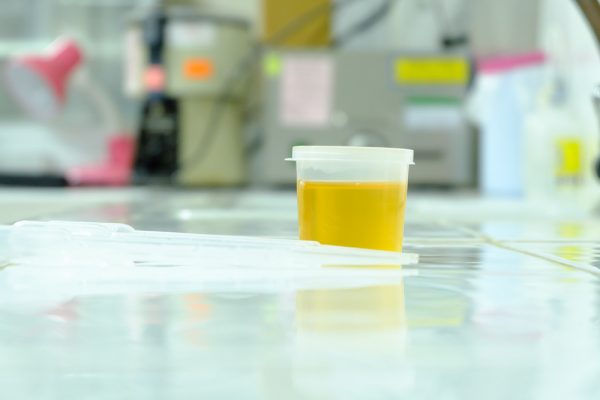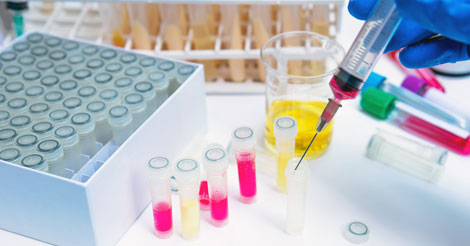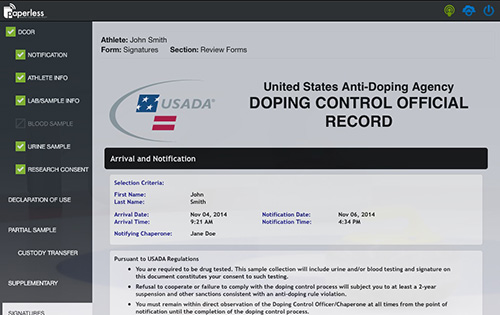
Substance Profile: What Athletes Need to Know about Clomiphene
As a part of competitive sport, many elite athletes must comply with the World Anti-Doping Agency Prohibited List, strict global standards that prohibit the use of certain substances and methods that can enhance performance and cause negative health effects. The WADA Prohibited List helps ensure that athletes can compete on a level playing field anywhere in the world.
To help athletes comply with the List, USADA provides a wide range of resources, including substance profiles, which include important information on high-risk substances like clomiphene.

USADA Retests Samples for Unapproved and Abused Blood Booster
A new class of drugs, called HIF-stabilizing agents, mimic the natural response to hypoxia, or insufficient oxygen, and result in increased production of red blood cells (RBCs). While a number of related pharmaceutical products are being developed to assist in the treatment of legitimate diseases, such as anemia,…

In Memory of Dr. Jean Fourcroy
Dr. Jean Fourcroy was a treasured member of the medical community and an instrumental part of USADA’s growth as one of its founding board members.

USADA Retests Samples Using New Technology
USADA is retesting stored samples using the latest technologies, which empower more sensitive screening and longer detection windows.

Doping Control Forms: Why do Athletes Need to Declare All Medications and Supplements?
There are some good reasons to take the extra minute to make sure you have made a complete & accurate declaration of substances you have recently used.

Screen Your Dietary Supplements
FDA does not analyze the safety, efficacy, or label accuracy of supplements before they are sold to consumers. Check your supplements for safety.



